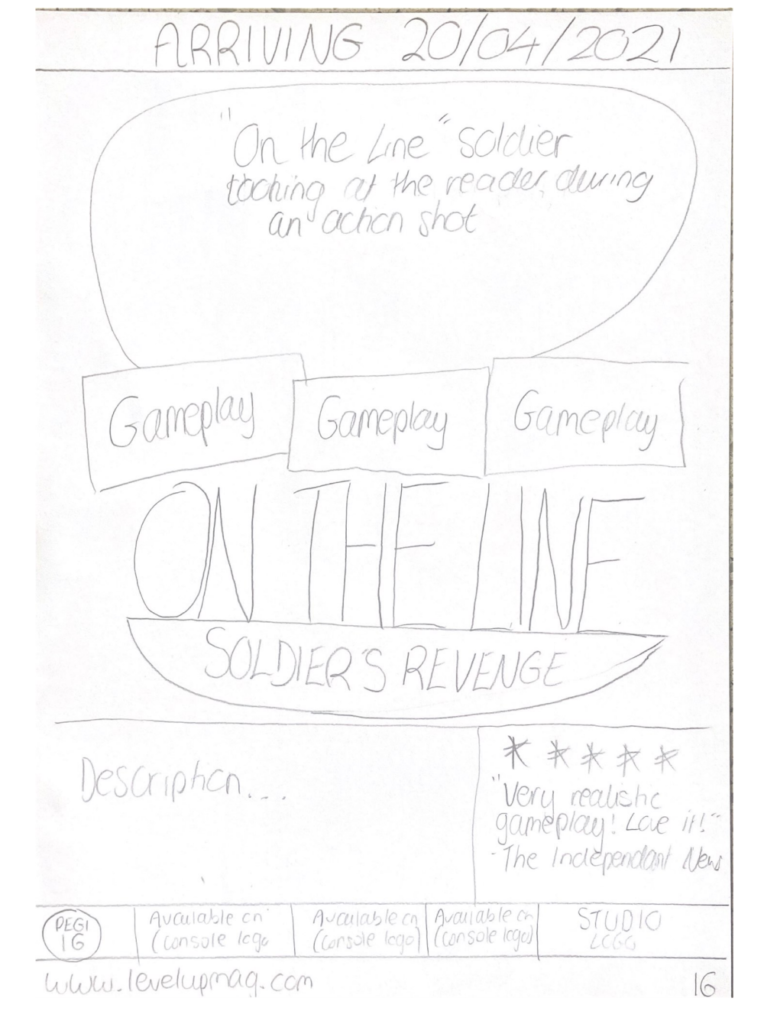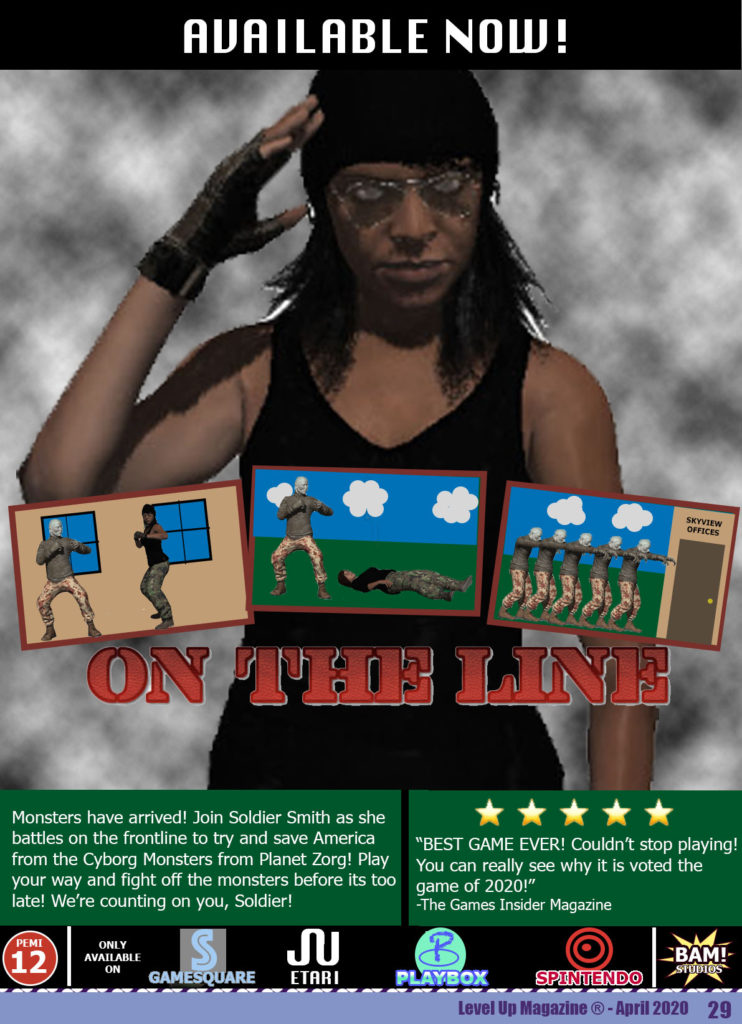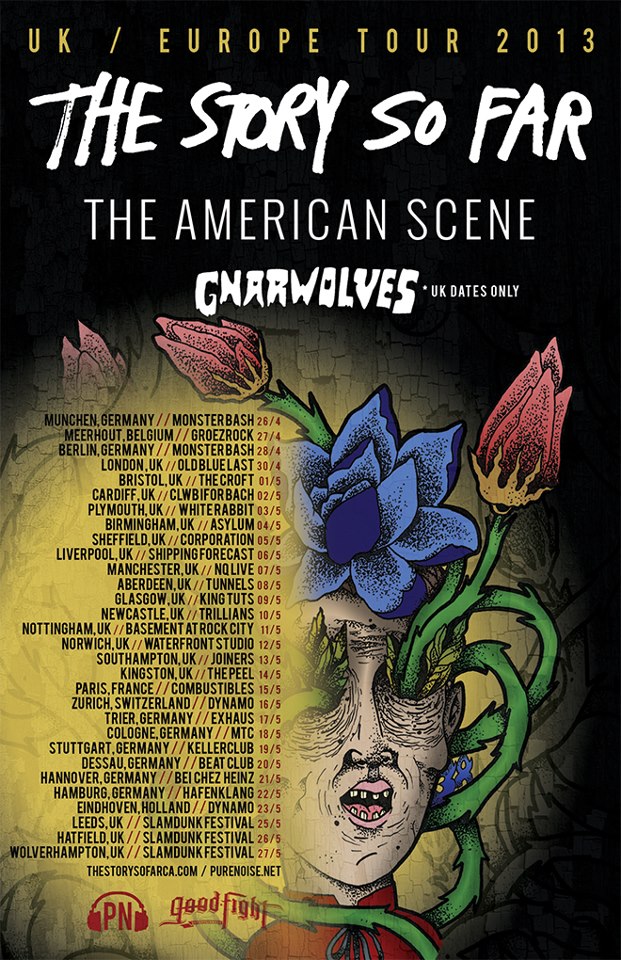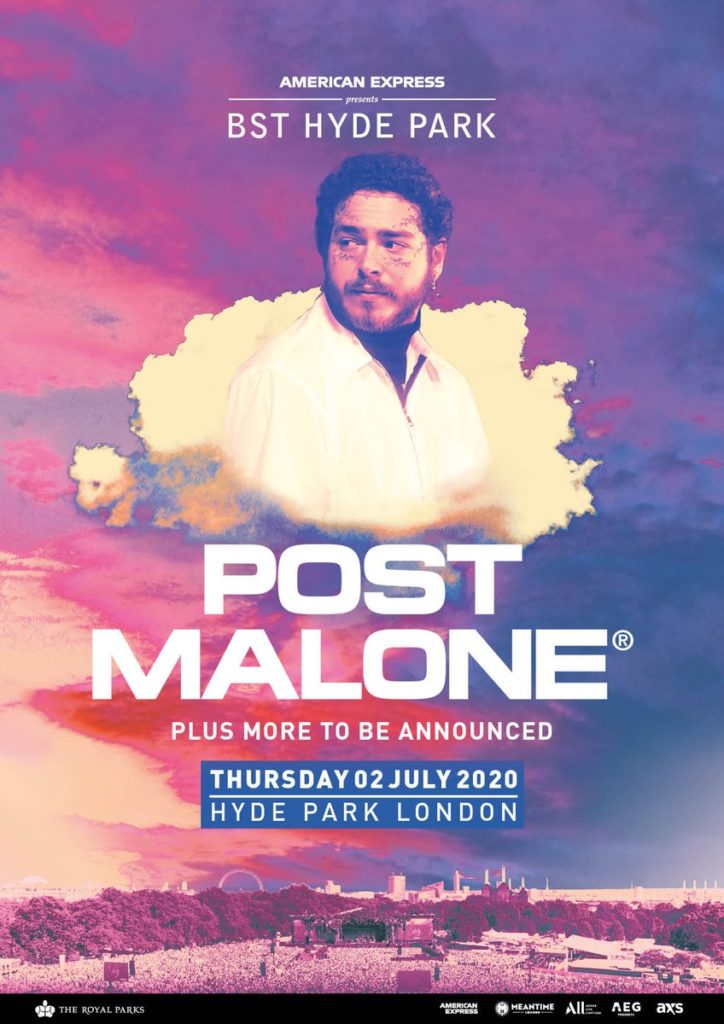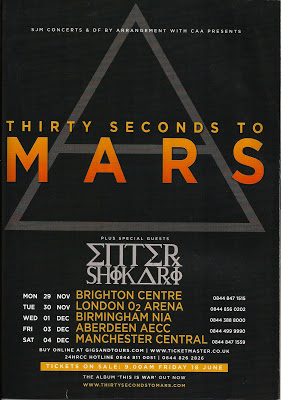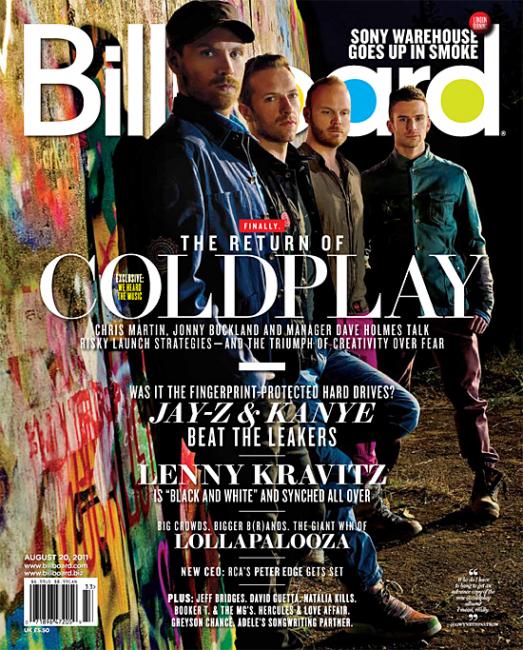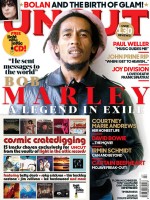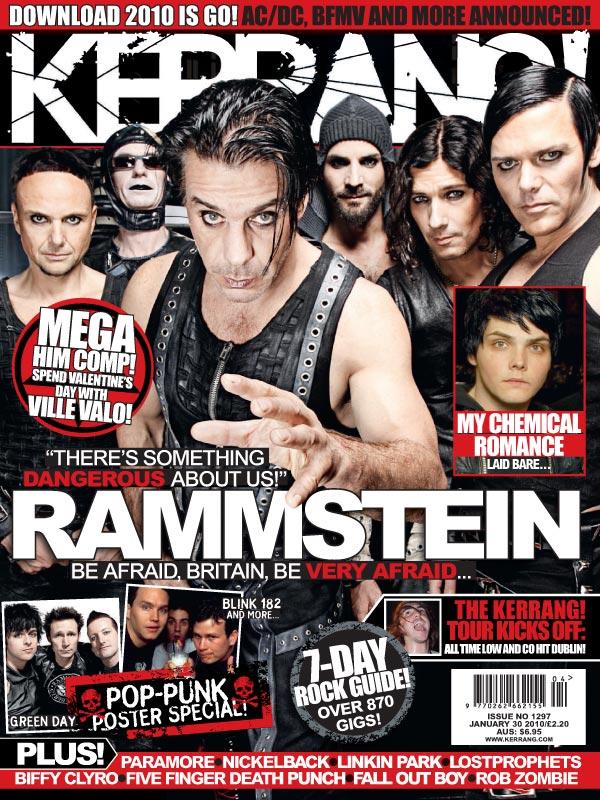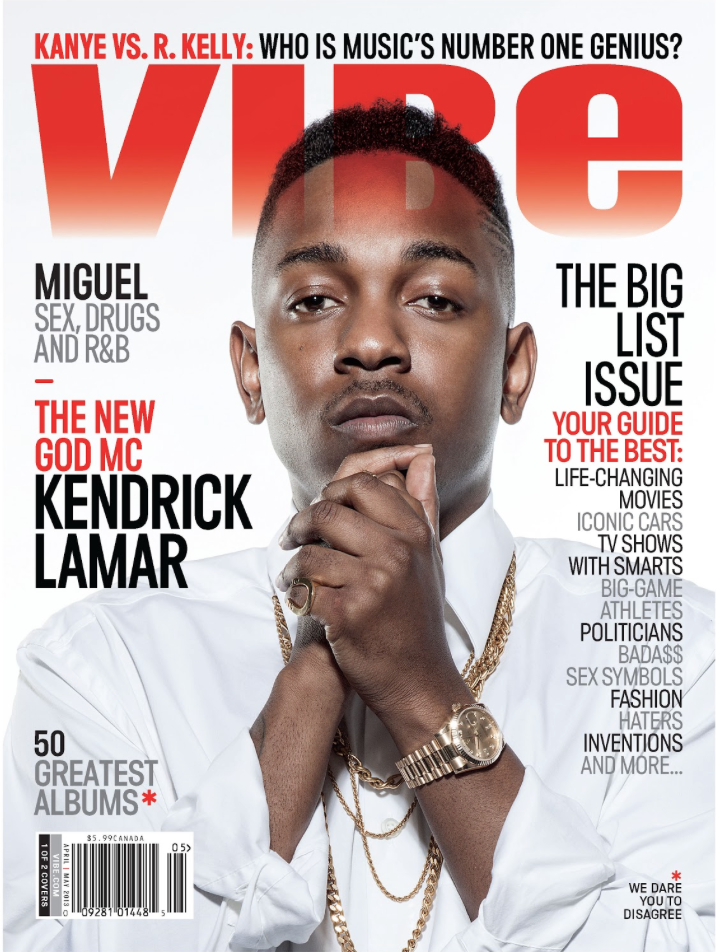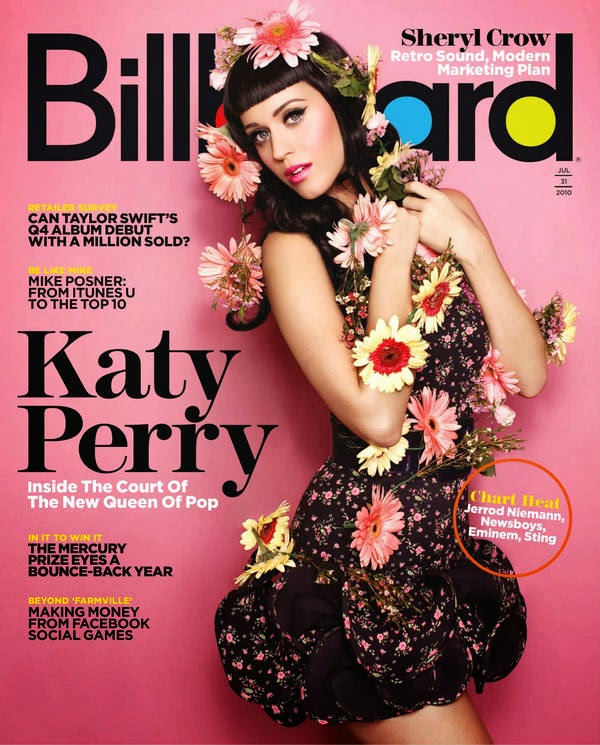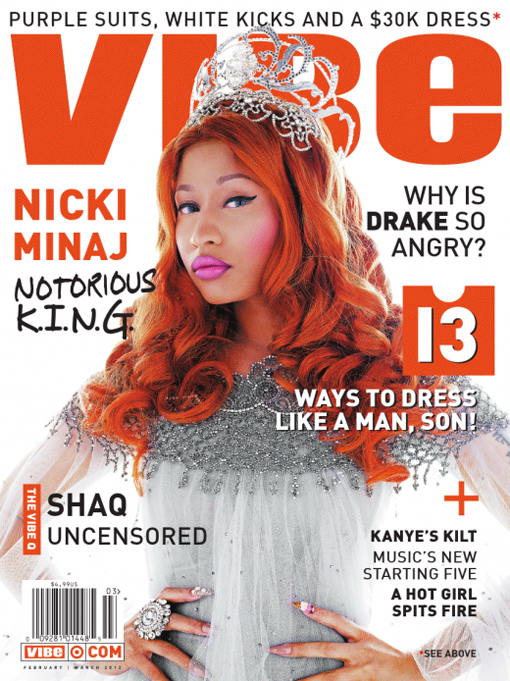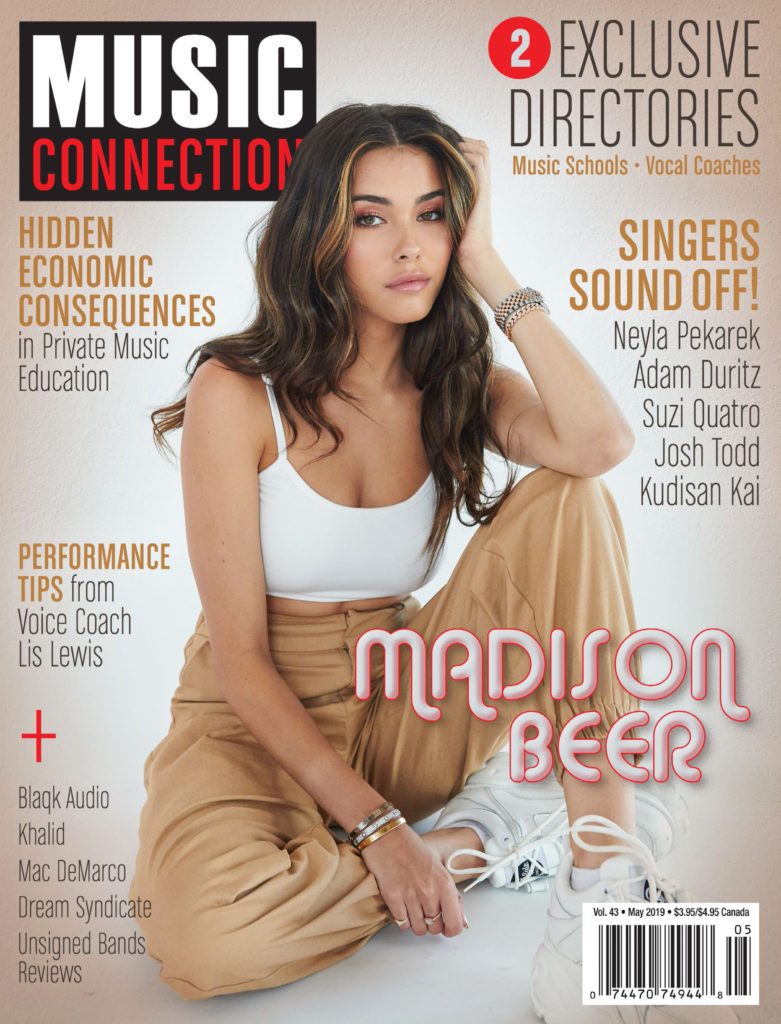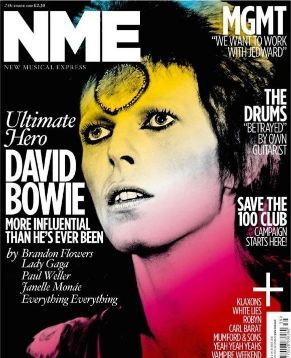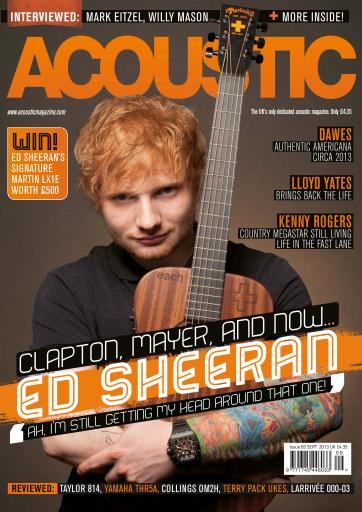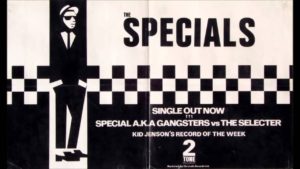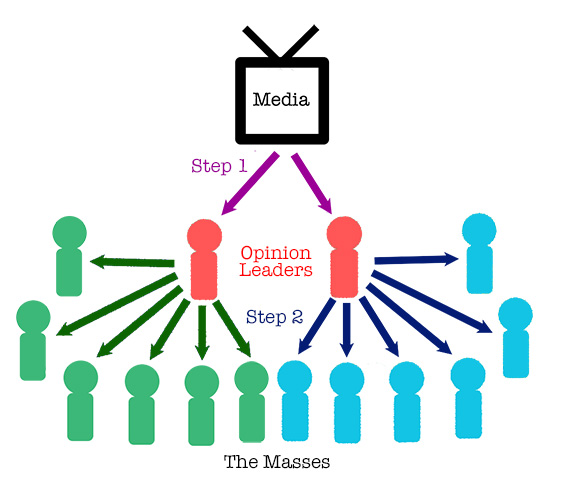(Joe Stephenson, UK, 2014:)
Students are not required to watch the film for the assessment, but is available on both i-tunes (rent + purchase) & amazon prime (rent only).
The film should only be studied in relation to Media Industries, specifically the production and distribution context.
Film: Chicken is an example of micro budget film making and raises issues around the role and future of national cinema as well as the viability of media products produced outside of the
mainstream for niche audiences.
Students do not need to watch the film but will need to be familiar with the production context and distribution materials including:
- the official website, posters,
- trailer,
- social media presence (twitter, facebook etc).
- B Good Pictures: website, YouTube channel, twitter, facebook
Key Questions and Issues
• Identification of how Chicken is characteristic of an independent film release, with consideration of budget, distribution, circulation.
• Micro budget rather than low budget film (approximately £110,000) – entirely independent financing.
• Distribution techniques – reliance on new technology; VOD, streaming, audience ‘programming’ (open screen etc.)
• Continued use of traditional marketing and distribution; trailers, posters, film festivals etc.
• The concept of “risk-taking” in terms of narrative choice available to independent studios
• Regulation of the industry through BBFC (British Board of Film Classification).
• Regulation including Livingstone and Lunt
Social, economic and cultural contexts
Chicken is characteristic of contemporary cultural production in its use of new technology at production and distribution stages. Reflects shifting patterns of audience consumption. As a low budget film, it will be interesting to consider this film in its economic context, especially in comparison to big-budget Hollywood films.
Theoretical approaches
Chicken is characteristic of the ‘risky’ business of cultural production (Hesmondhalgh), £100K + is a lot of money for a single individual, without a guaranteed return. Chicken also represents diversity in media production (Curran and Seaton) as this film provides a voice and narrative to groups who are not necessarily represented in mainstream media. Henry Jenkins and David Gauntlett would acknowledge that web 2.0 enabled big businesses to exploit the web for commercial reasons, but would also argue that the internet remains the capacity to work as a social good and that online communities created via ‘participatory culture’ have the power to change the world for the better. Web 2.0 refers to websites that emphasize user-generated content, ease of use, participatory culture and interoperability for end users. Similarly, Clay Shirky argues that the media industry is increasingly driven by audience feedback systems rather than top-down control of proprieters. Read page 140 below.
Note how there is a focus on making judgements and drawing conclusions in this essay
Release
Chicken had its world premiere on 27 June 2015 Edinburgh International Film Festival. The film had its international premiere in competition at the 2015 Busan International Film Festival, followed by screenings at the New Hampshire International Film Festival, Giffoni International Film Festival, Cine A La Vista International Film Festival, Tallinn Black Nights Film Festival, Schlingel International Film Festival and Dublin International Film Festival. It eventually received a limited theatrical release in the UK on 20 May 2016.
It was then acquired by MUBI UK, and had its British TV premiere on FilmFour April 2017. It received its DVD and Blu-ray release by Network on 18 September 2017.
Critical reception
- Chicken received positive reviews and holds a 100% “Certified Fresh” rating on Rotten Tomatoes based on 12 critic reviews.
- Leslie Felperin of The Guardian gave the film 3/5 stars and said “first-time director Joe Stephenson elicits lively, empathetic performances from his small cast.”
- Mark Kermode, also in a Guardian review, rated the film at four out of five stars stating that Scott Chambers’ performance is “superb”.
- Anna Smith of Empire magazine gave the film a rating of four stars, responding that the film is “an enjoyable, involving British Drama with and impressive turn from newcomer Scott Chambers.
- Cath Clarke of Time Out, commented that Chicken is “an impressively acted British Drama about a young man with learning difficulties.”
- CineVue praised the film and mentioned that it is “the sort of British indie which restores faith in cinema”.
Accolades
- Grand Jury Award for Narrative Feature — Joe Stephenson (New Hampshire Film Festival 2015)[2][9]
- Silver Griffoni Award for Best Film – Generation 18+ (2nd Prize) — Joe Stephenson & B Good Picture Company (Giffoni Film Festival 2016)[9]
- Award for Best Film — Chicken (Cine A La Vista International Film Festival 2016)[9]
- Scott Chamber’s performance as Richard got a Special Critic’s Circle mention (Dublin International Film Festival 2016)[9]
- The film was shortlisted for Best Director (Joe Stephenson) and Best Newcomer (Scott Chambers) by the British Independent Film Awards.
FURTHER READING
https://www.heyuguys.com/interview-joe-a-stephenson-chicken/
https://www.film-news.co.uk/review/UK/1901/Interview/Joe-Stephenson
https://www.thestateofthearts.co.uk/features/review-chicken/
https://www.the-numbers.com/movie/Chicken-(UK)/United-Kingdom#tab=summary
http://mediamacguffin12.blogspot.com/2018/01/film-industry-chicken-case-study.html
http://areejsmediablog2.blogspot.com/2018/01/chicken-case-study-blog-task.html






